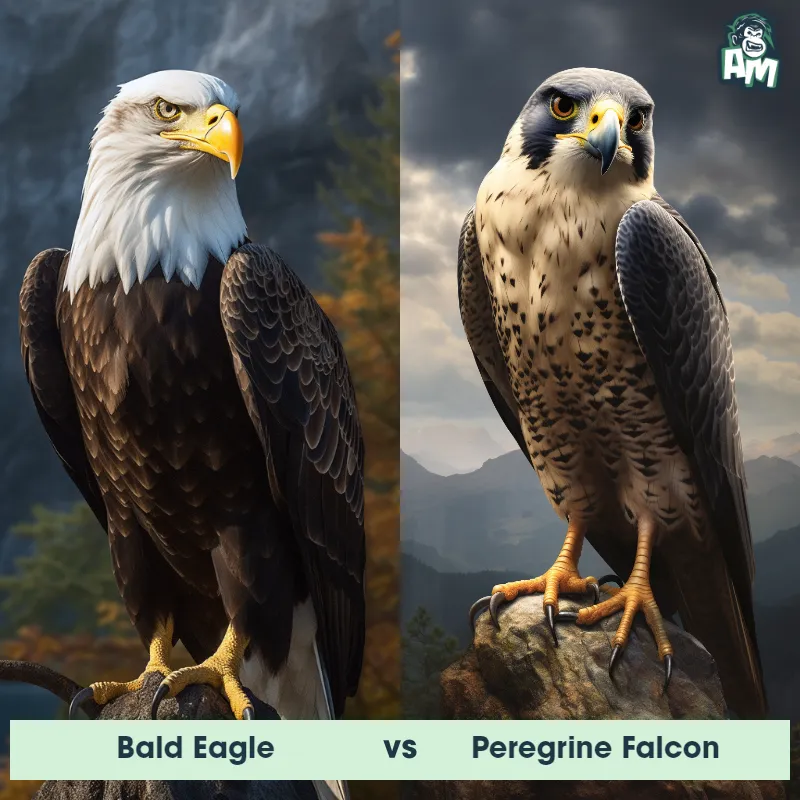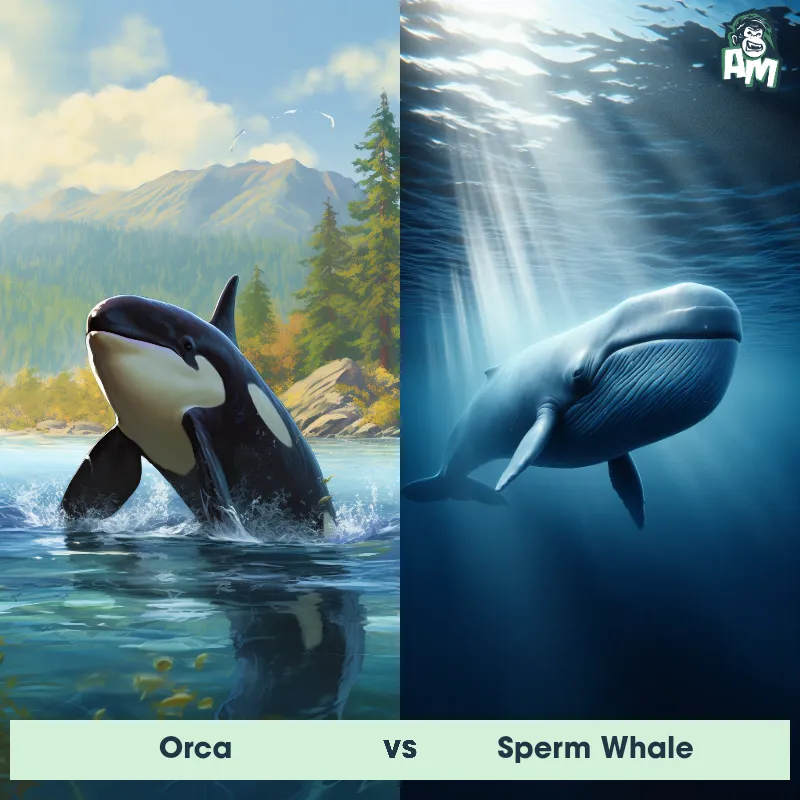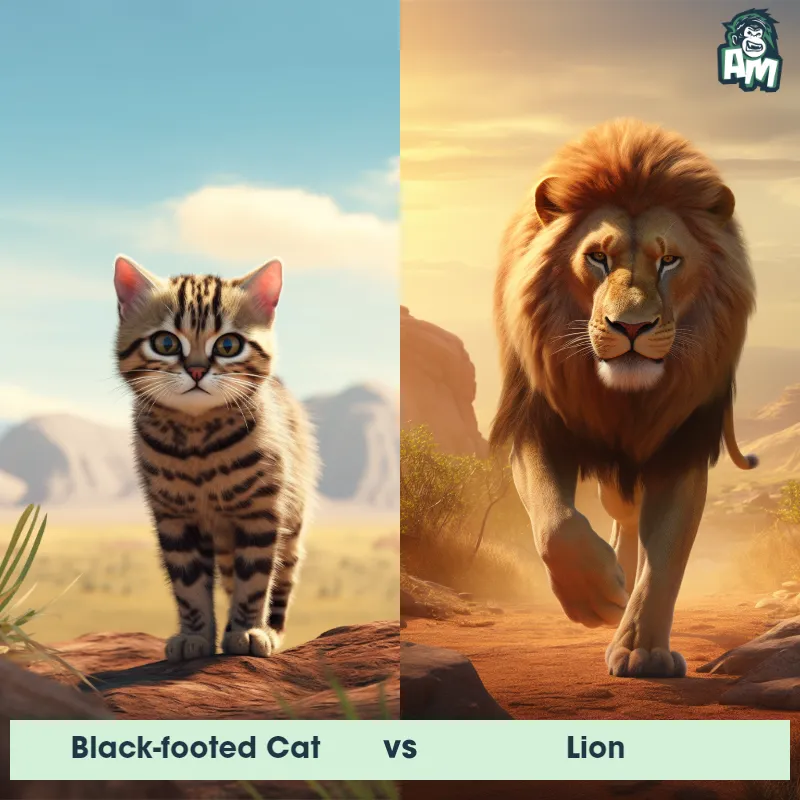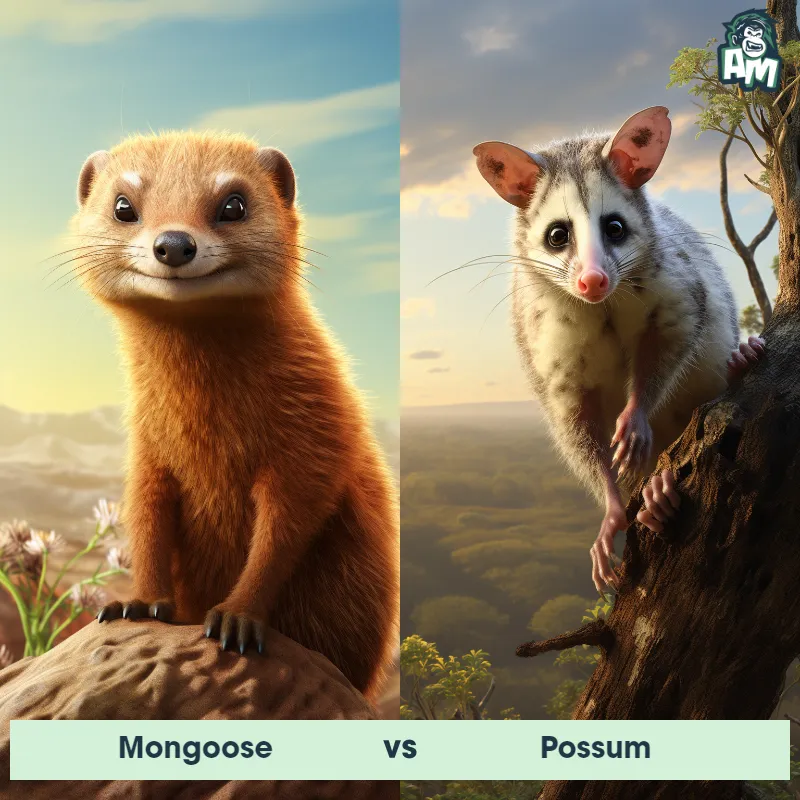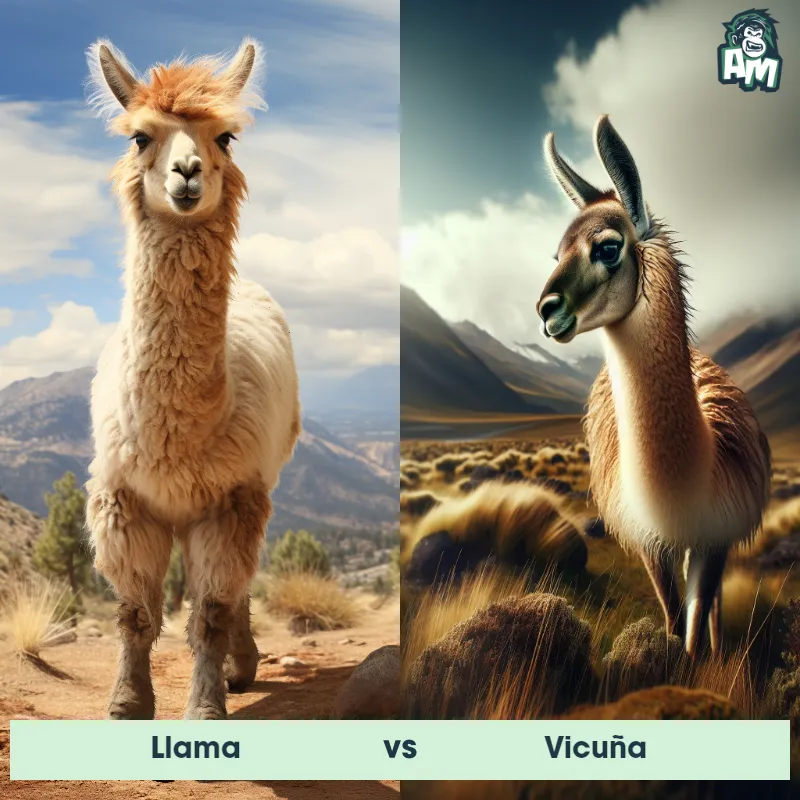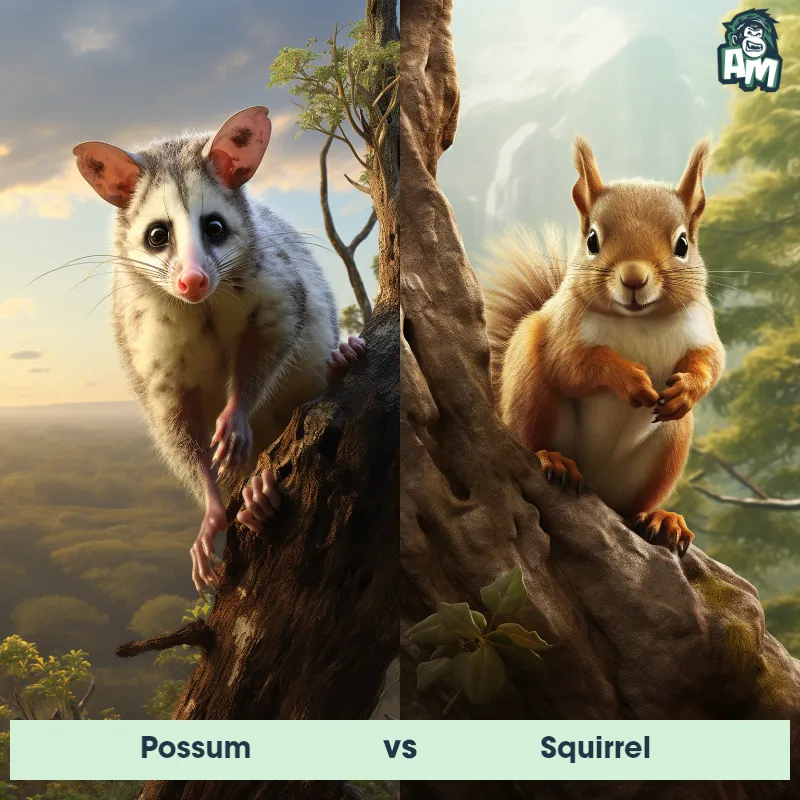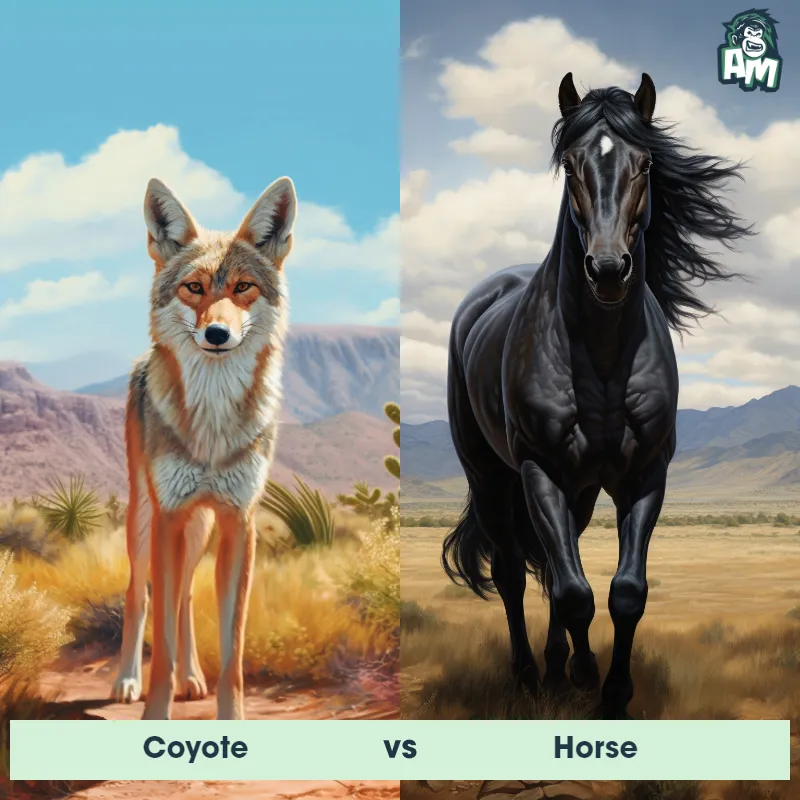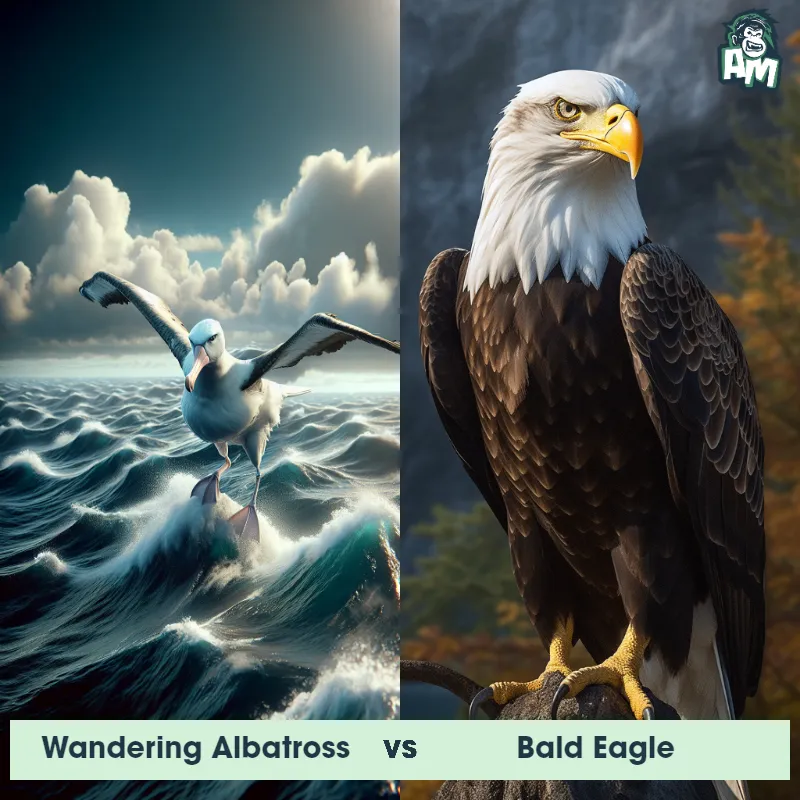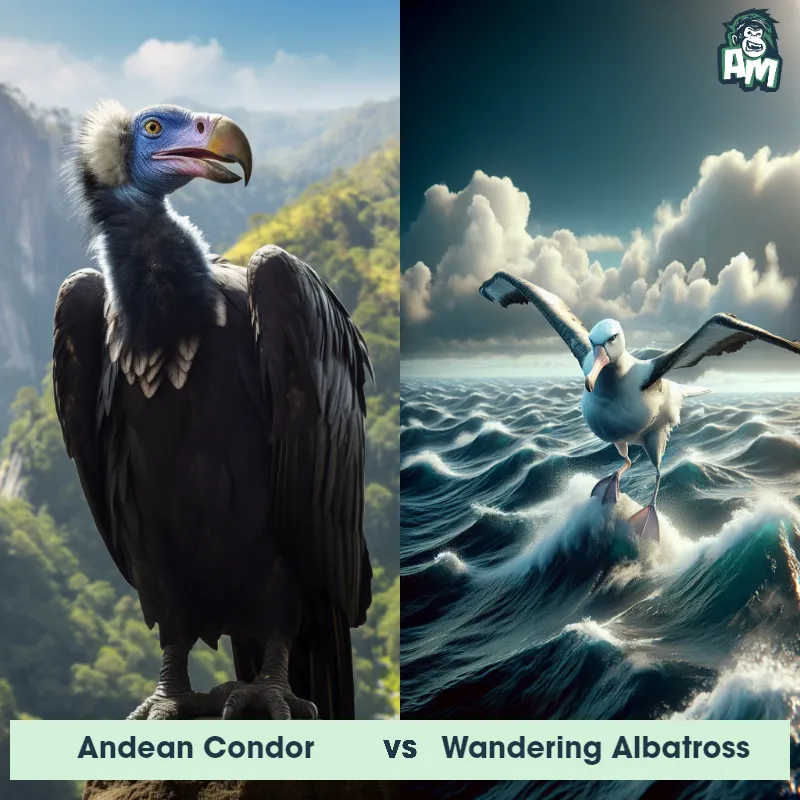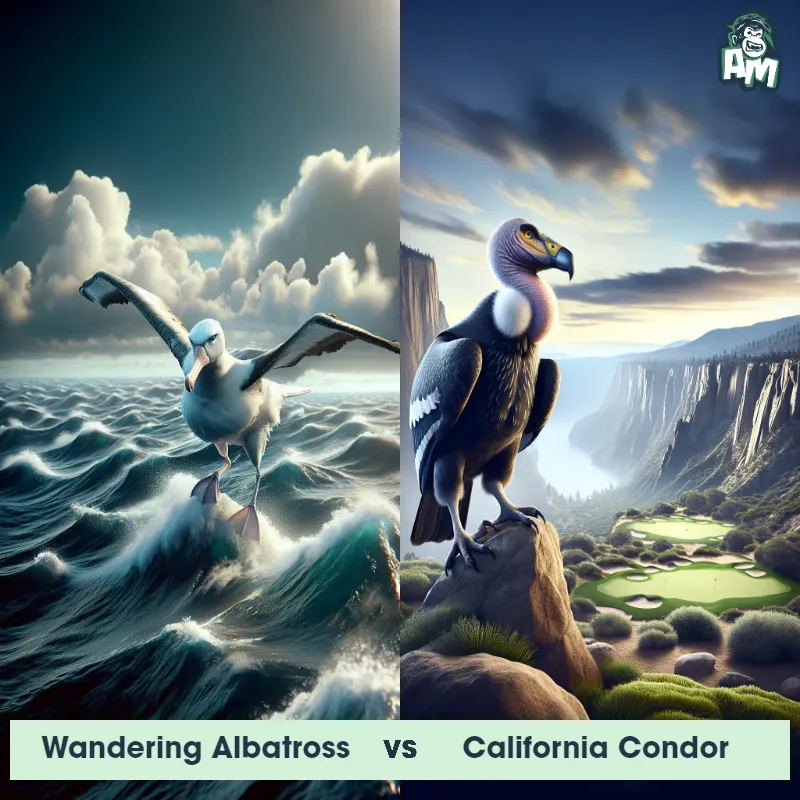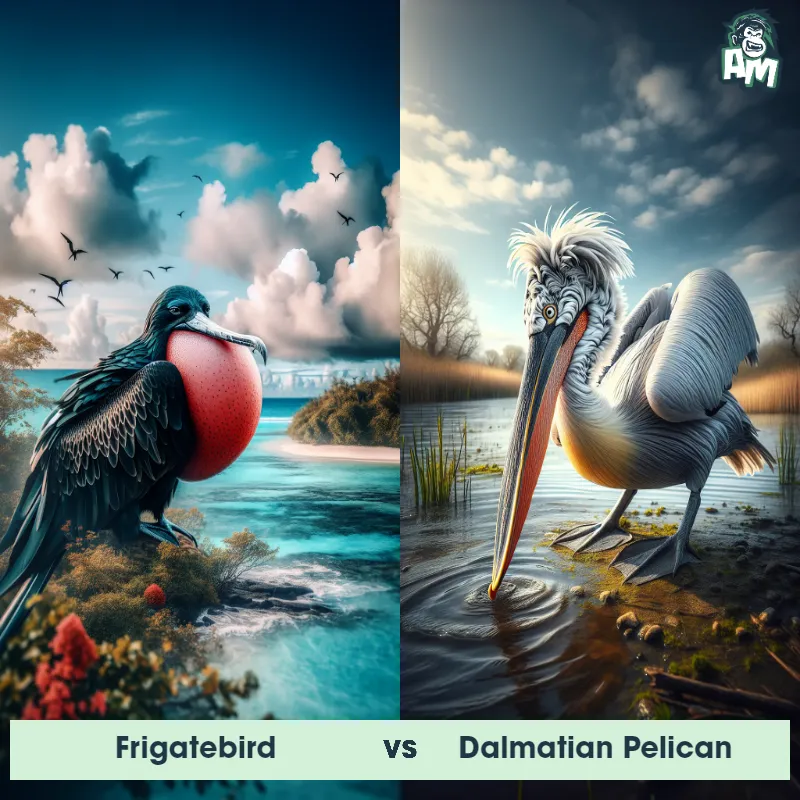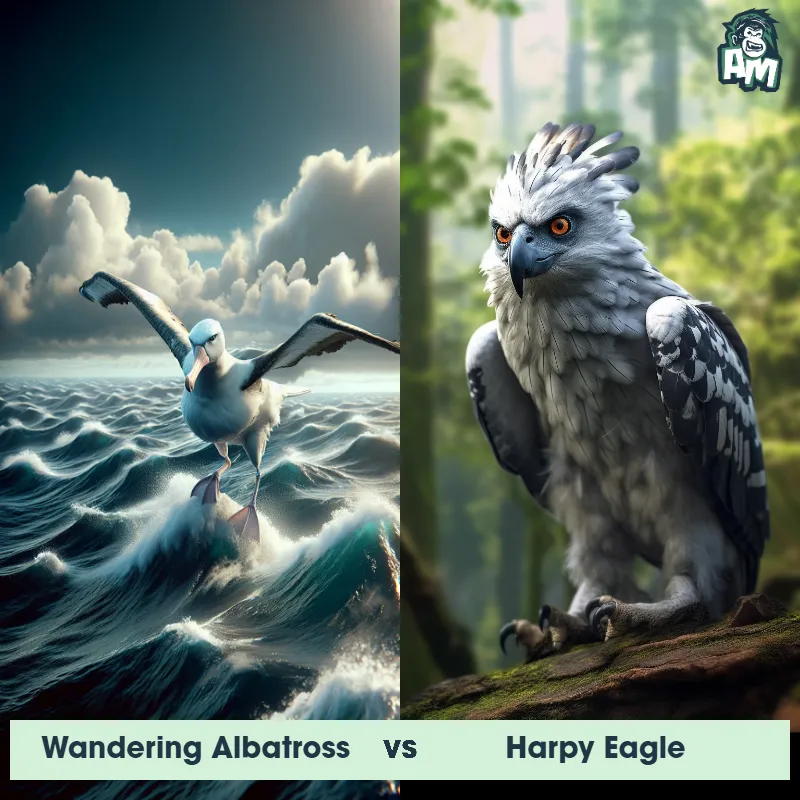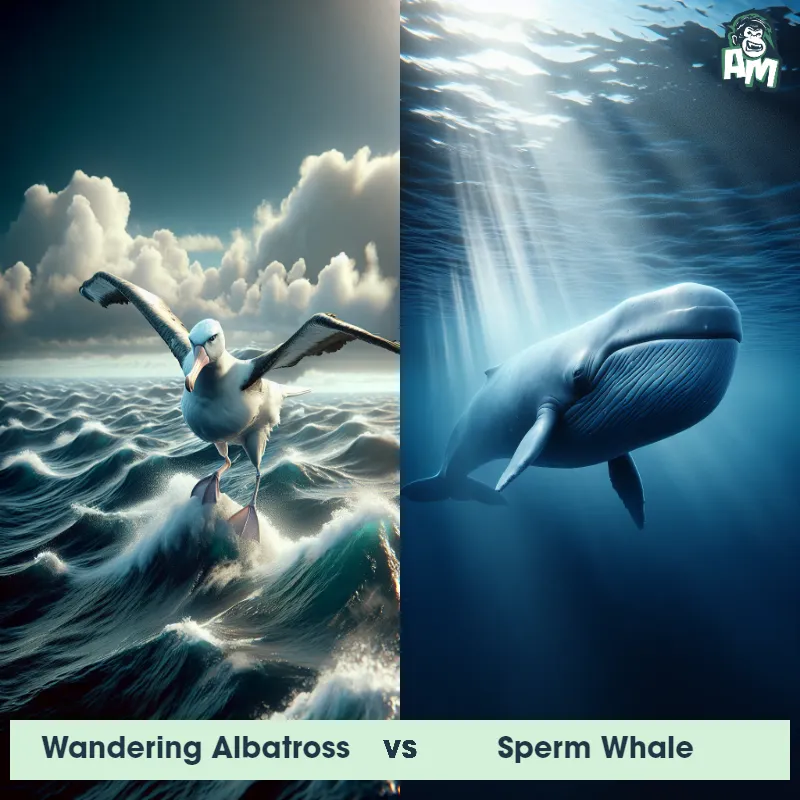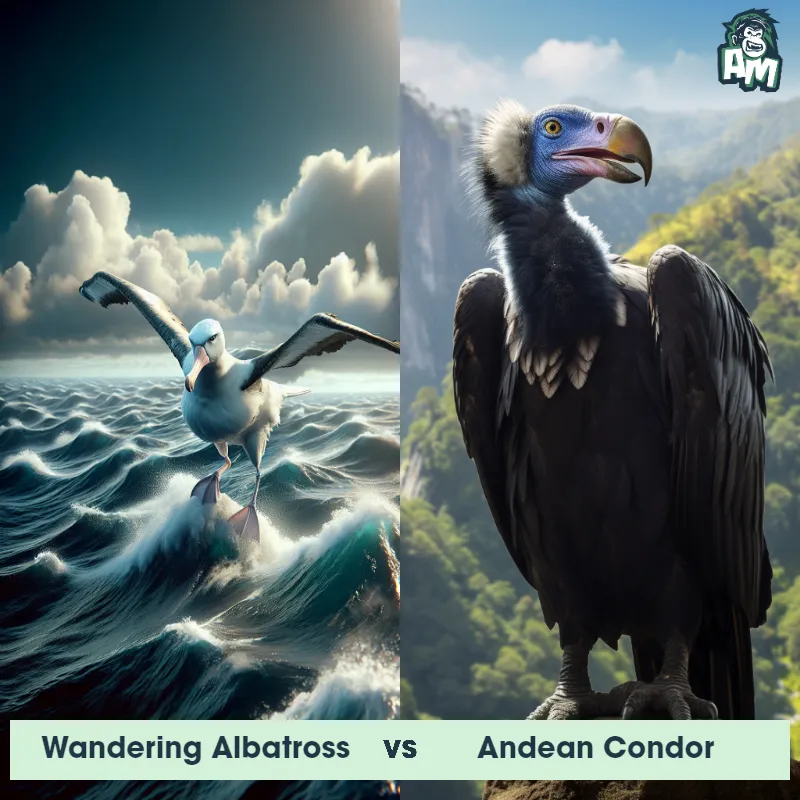Frigatebird vs Wandering AlbatrossSee Who Wins

Welcome to this exciting matchup between a Frigatebird and a Wandering Albatross! Both of these seabirds are known for their impressive wingspans and soaring abilities. It's bound to be a thrilling fight here today. Round 1:
Contender 1: Frigatebird
The Frigatebird, also known as the man-o'-war bird, is a large seabird that belongs to the family of Sulidae. It is famous for its impressive wingspan, measuring up to 7.5 feet, and its distinct forked tail. Frigatebirds have long, slender bodies and striking black plumage, with males showcasing a vibrant red throat pouch that they inflate during courtship displays. These birds are exceptional aerialists, effortlessly soaring in the sky for hours without flapping their wings. Their highly efficient foraging technique involves snatching food from the ocean surface while in flight, making them true masters of the sea.
![[object Object] Gif](https://tenor.com/view/frigatebird-gif-3574431.gif)
Fun Fact: One intriguing fact about Frigatebirds is that they are well-known for their kleptoparasitism behavior, where they steal food from other birds mid-air – particularly from smaller seabirds like boobies and gulls – by harassing and forcing them to regurgitate their meals, saving the Frigatebird valuable energy that would otherwise be spent on hunting their own prey.
Contender 2: Wandering Albatross
Fun Fact:
Matchup Stats
| Frigatebird | Wandering Albatross | |
|---|---|---|
| Size | Up to 7.5 feet wingspan (2.3 meters) | Wingspan: 10 to 11.5 feet (3 to 3.5 meters) |
| Weight | Up to 4 pounds (1.8 kilograms) | 9 to 11 pounds (4 to 5 kilograms) |
| Speed | 95 mph (153km/h) | 79mph (127km/h) |
| Key Strength | Exceptional agility in flight | Strong wings and beak |
| Biggest Weakness | Clumsy on the ground | Clumsy on land, weak on solid ground |
Current Votes
Frigatebird vs Wandering Albatross
See Who Wins
View More Matches
Looking For More?
Similar Matches
Scientific Stats
| Frigatebird | Wandering Albatross | |
|---|---|---|
| Scientific Name | Fregata | Diomedea exulans |
| Family | Sulidae | Diomedeidae |
| Habitat | Coastal areas and open seas | Open ocean, southern seas |
| Geography | Found in tropical and subtropical regions worldwide | Nesting on subantarctic islands, foraging in southern ocean waters |
| Diet | Fish, squid, and other small marine animals | Squid, fish, crustaceans |
| Lifespan | 20 years - 30 years | 50 years - 60 years |
Key Differences between Frigatebird and Wandering Albatross
- Distribution: Frigatebirds are predominantly found in tropical and subtropical regions, while Wandering Albatrosses are typically found in the Southern Ocean and Antarctica.
- Size: The Wandering Albatross is significantly larger than the Frigatebird, with a wingspan of up to 11 feet compared to the Frigatebird's wingspan of around 7 feet.
- Tail shape: The Frigatebird has a deeply forked tail, while the Wandering Albatross has a straighter, less pronounced tail.
- Color: The Frigatebird has black plumage with a distinctive red gular pouch on its throat, while the Wandering Albatross is predominantly white with black wingtips.
- Feeding behavior: Frigatebirds are known for their aerial piracy, stealing food from other birds in flight, while Wandering Albatrosses are skilled at diving and catching fish.
- Body shape: The Frigatebird has a slender body and long, pointed wings, whereas the Wandering Albatross has a more robust body and broader wings.



